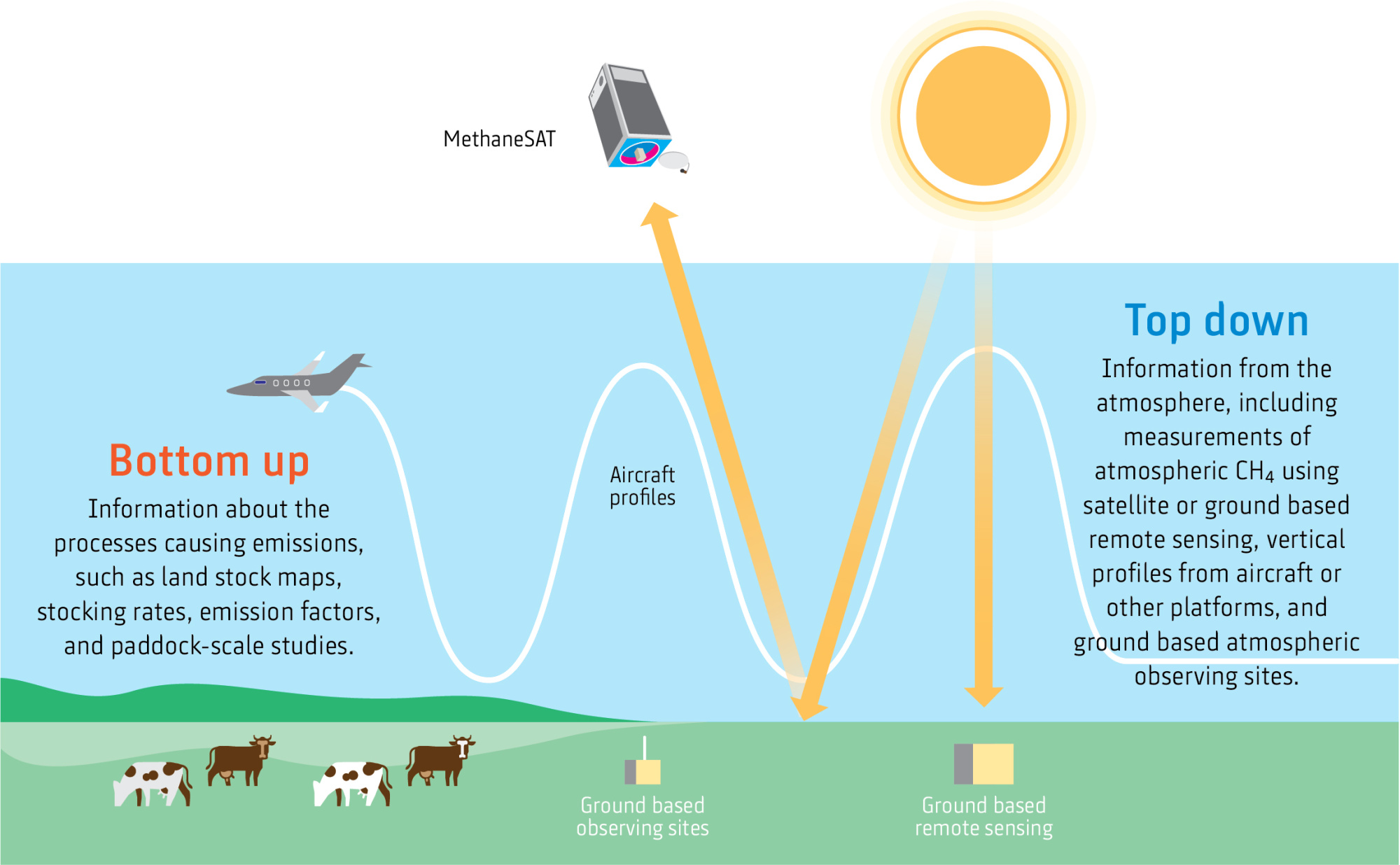NIWA atmospheric scientists in Central Otago are turning plane spotters next week as they eagerly await the flyover of a NASA research plane.
The ATom – or Atmospheric Tomography – Mission is the first of its kind to survey the atmosphere over the oceans, measuring how much pollution survives and assessing how the environment has changed as a result.
Scientists on board NASA’s DC-8 flying laboratory are measuring airborne particles, known as aerosols, and more than 200 gases in each sampling area. The data will be used to understand where the pollutants originate and how they react and eventually disappear from the atmosphere.
The mission is particularly interested in methane, ozone and airborne particles known as black carbon, all of which have strong effects on climate.
ATom flights cover the globe
The plane, based in California, made its first flight of the mission last week in a journey that will take it from the Arctic, south over the Pacific Ocean to New Zealand and then across to the tip of South America and north up the Atlantic Ocean to Greenland. During each leg the aircraft, with 42 scientists and crew aboard, makes between five and 12 descents to 152m and then climbs back to 10,670m to sample air at a range of altitudes.
On August 9 the flight path takes the plane from American Samoa south to New Zealand, where it will land in Christchurch after passing over NIWA’ s atmospheric research station at Lauder, 34km from Alexandra. The Lauder station specialises in measuring CFCs, ozone, UV levels and greenhouse gases and has a wide range of world class instruments. Scientists at Lauder will be communicating with scientists on board the plane as they each take a series of atmospheric measurements simultaneously to make comparisons.
Measurements at ground and in atmosphere with flight over Lauder
“These missions are like gold to us and we will be very pleased to get their information. We’ll be measuring everything we can,” says NIWA atmospheric scientist Dave Pollard. Mr Pollard said scientists on board the plane had the benefit of taking measurements in situ, while the Lauder instruments were all ground-based.
“They can take their measurements through the atmosphere whereas we are limited to making most of our in situ measurements on the ground and using remote sensing instruments to infer the total atmospheric column and profiles of various gases. Being able to compare our measurements will be extremely useful.”
The measurements will also be fed into the global network, known as TCCON which stands for Total Carbon Column Observing Network and is a ground-based network of precise measurements of greenhouse gases throughout the atmosphere. Lauder scientists will also release a weather balloon carrying an ozonesonde, which monitors the ozone concentration through the atmosphere up to 35 km, as soon as the airspace is clear. Mr Pollard expects the plane to be over Lauder between 1 and 2pm and says it is likely to be visible from the ground particularly when it descends to 152m - providing weather conditions are clear and safe enough. “We are crossing our fingers for a fine day.”
The ATom mission lasts for 28 days and will be repeated annually for the next four years.










